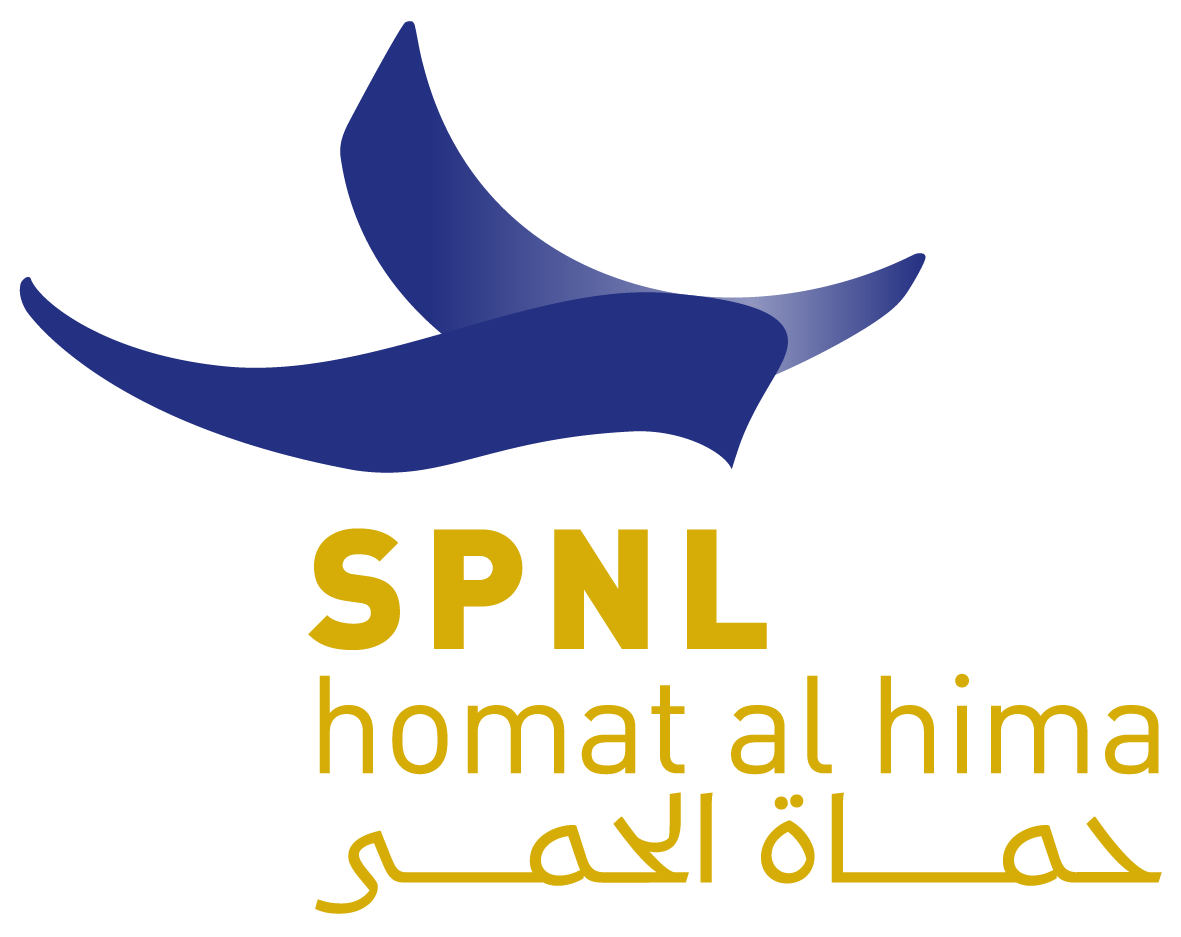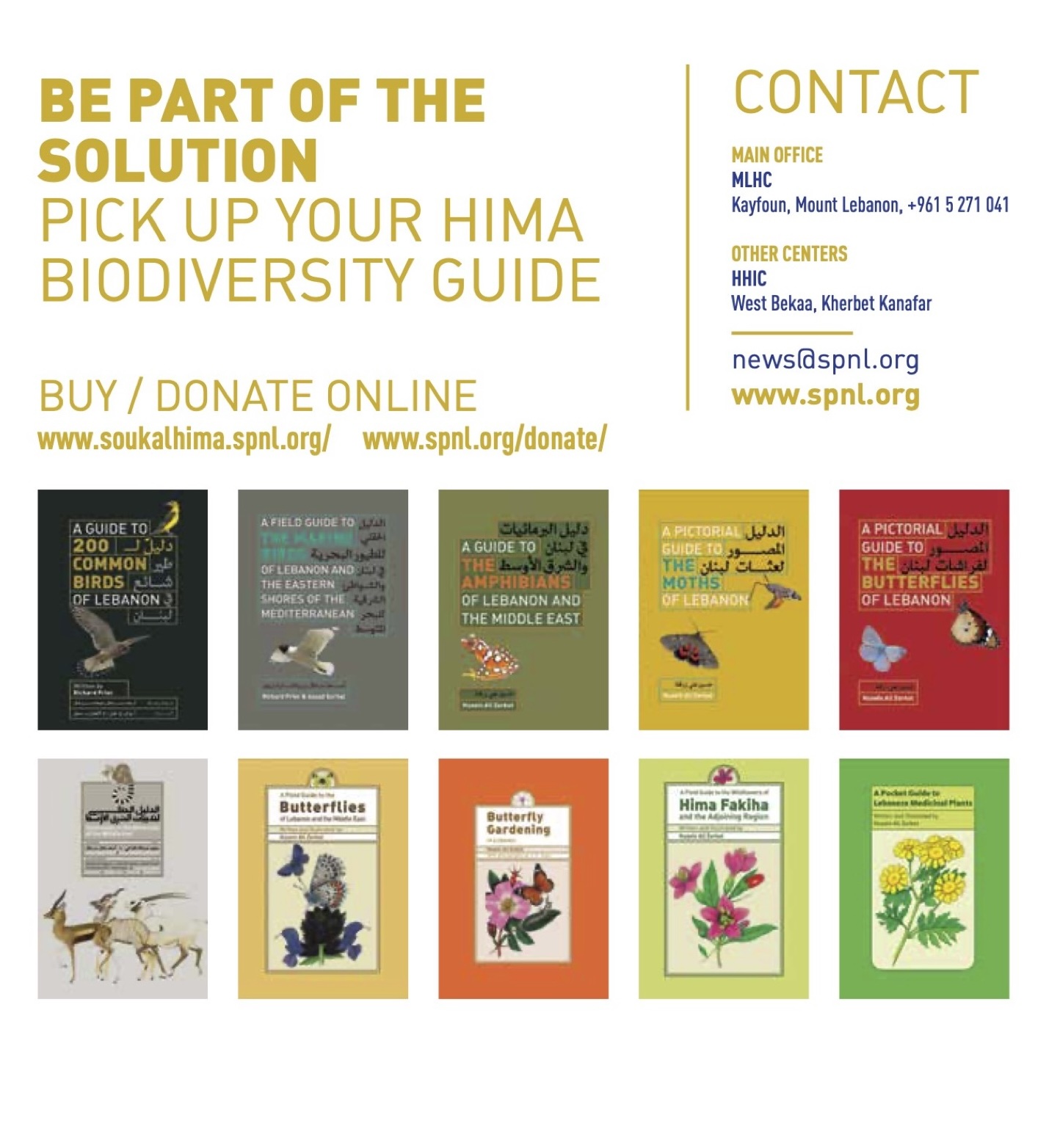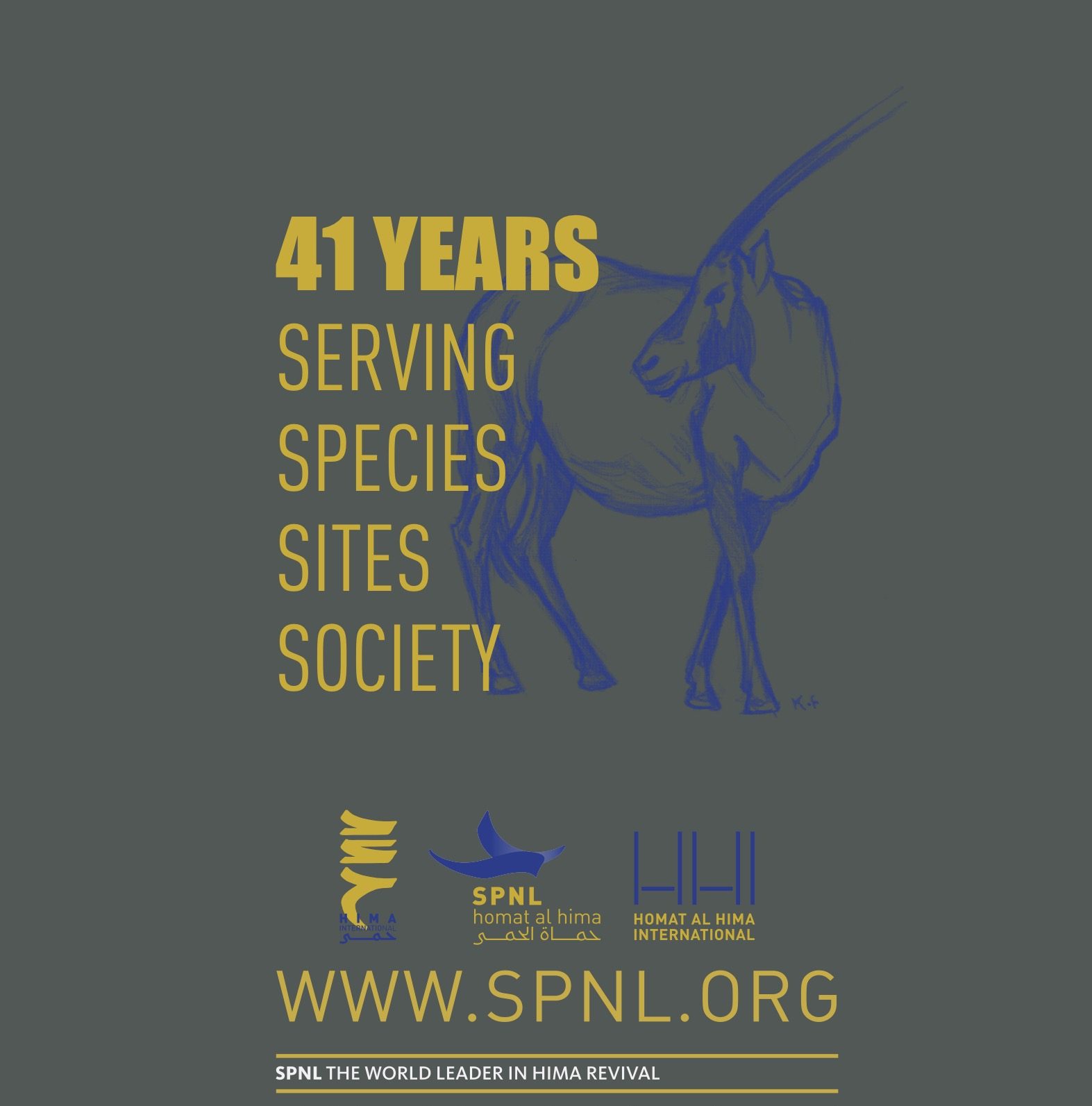The Society for the Protection of Nature in Lebanon (SPNL), through the Bioconnect Project funded by the European Union, is driving impactful conservation efforts in Hima Qleileh and Hima Mansouri, two vital biodiversity hotspots in Southern Lebanon. These regions are home to critical species like the Palestinian Sunbird, Loggerhead Turtle, and Green Turtle, as well as sensitive coastal habitats.
SPNL’s initiatives in these areas aim to mitigate threats such as irresponsible tourism, habitat destruction, and pollution while fostering sustainable practices and community engagement.
Palestinian Sunbird: Protecting a Vital Pollinator

The Palestinian Sunbird (Cinnyris osea), classified as a species of least concern, is an important pollinator in Hima Qleileh and Hima Mansouri, where 10 to 12 breeding pairs have been recorded. Despite its stable status, the species faces increasing threats from human activity.
Threats:
- Irresponsible agricultural practices, including pesticide use.
- Habitat degradation caused by chemical pollution.
- Climate change, which disrupts food availability and breeding cycles.
SPNL’s Conservation Actions:
- Raising Awareness: Community education programs are promoting the ecological importance of the Palestinian Sunbird as a key pollinator.
- Eco-Friendly Agriculture: SPNL is advocating for sustainable agricultural practices, including the reduction of harmful pesticides, to protect the species’ habitat and food sources.
- Monitoring Populations: Ongoing monitoring of sunbird populations ensures early detection of threats and informs future conservation planning.
Sandy Shore Habitat: Safeguarding Critical Coastal Ecosystems

The sandy shore habitat of Hima Mansouri is crucial for the survival of marine species like the Loggerhead Turtle and Green Turtle, as well as other coastal biodiversity. However, this habitat is highly disturbed by irresponsible tourism, especially during the summer months.
Threats:
- Mass tourism leading to habitat destruction.
- Pollution, including solid waste and runoff from agricultural and urban areas.
- Poor land-use management, which exacerbates habitat degradation.
SPNL’s Conservation Actions:
- Enhancing Land-Use Management: SPNL is working with local stakeholders to implement sustainable land-use practices that reduce human impact on the sandy shore.
- Waste Management: Efforts are being made to improve solid waste management in the area, reducing pollution that threatens coastal habitats.
- Promoting Responsible Tourism: Awareness campaigns are educating visitors on the importance of protecting these habitats and encouraging eco-tourism practices.
Loggerhead Turtle: Protecting a Vulnerable Marine Species

Photo Source:
ScubaTurtles.gr
The Loggerhead Turtle (Caretta caretta), listed as vulnerable globally, relies on the beaches of Hima Mansouri for nesting, with hatching beginning in May. However, the species faces numerous threats that endanger its survival.
Threats:
- Irresponsible tourism, including trampling of nests and disturbance of hatchlings.
- Pollution, particularly in marine environments.
- Artificial lighting and noise pollution, which disrupt nesting and hatchling behavior.
- Climate change, impacting nesting and feeding grounds.
SPNL’s Conservation Actions:
- Protecting Nesting Sites: Measures such as covering nests with metal cages are being implemented to safeguard eggs from predation and human disturbance.
- Sustainable Fishing Practices: SPNL is working with local fishers to reduce bycatch and adopt sustainable fishing methods.
- Raising Awareness: Public education campaigns focus on the importance of protecting turtle habitats and the consequences of human activities on these species.
- Pollution Reduction: Efforts are underway to reduce solid waste discharge into marine environments, improving water quality for turtles and other marine life.
Green Turtle: Conserving an Endangered Species

Photo Source: MedMarineTurtles.org
The Green Turtle (Chelonia mydas), classified as endangered globally, also nests on the beaches of Hima Mansouri, with hatching taking place in August. The species faces similar threats to the Loggerhead Turtle, making its conservation equally critical.
Threats:
- Uncontrolled visitor access, especially during the nesting season.
- Light and noise pollution, which disrupt nesting behavior.
- Climate change, which alters nesting sites and food availability.
SPNL’s Conservation Actions:
- Nesting Site Protection: Metal cages are used to protect nests, and access to nesting areas is controlled during critical periods.
- Public Education: Awareness campaigns inform communities and visitors about the importance of conserving Green Turtles and their habitats.
- Marine Pollution Management: SPNL is advocating for reduced solid waste discharge and promoting eco-friendly tourism to preserve marine ecosystems.
- Monitoring and Research: Regular monitoring of nesting sites helps track turtle populations and assess the success of conservation efforts.
A Collaborative Approach to Conservation
SPNL’s work in Hima Qleileh and Hima Mansouri demonstrates the power of collaboration between conservation organizations, local stakeholders, and communities. By addressing threats, enhancing habitat protection, and promoting sustainable practices, these efforts are ensuring the long-term survival of key species and ecosystems.
A Call to Action
SPNL urges local communities, government bodies, and international partners to continue supporting conservation initiatives in Hima Qleileh and Hima Mansouri. Protecting these unique habitats is essential not only for Lebanon’s biodiversity but also for global environmental sustainability.






